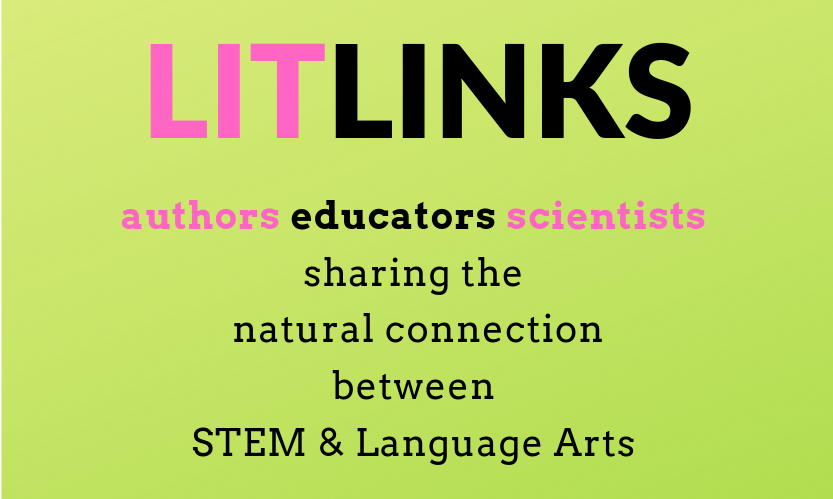
GUEST BLOGGER SHANA KELLER
In The Peach Pit Parade, a World War I Story, Polly learns from her teacher that all American citizens have been asked by the government to collect peach pits. It doesn’t make sense at first. Why would the government need millions and millions of peach pits to aid in the war effort? As we read the story, we soon understand why.
During World War I, chemical warfare was used against Allied soldiers. The attacks were frightening and gas masks soon became a necessity to protect these soldiers. Explain to students that although all types of fruit pits were used, peach pits worked the best. They are a natural carbon filter and they absorbed more gas and toxins than charcoal made from wood. Peach pit carbon filters were also reusable, which was key during this consciously conservative era.
In this exciting video from the US National Archives, students can see exactly how gas masks were manufactured in 1918 and the enormous amount of fruit pits collected!
Historical archival photos can also be found on the endpapers in The Peach Pit Parade.
After watching the video, explain to students what filters are, and how ‘activated carbon’ acts like a sponge. Ask your students what other substances can be filtered, and why they think these substances should be filtered.
Actvity 1: “Clean” a sports drink
Water is a key substance requiring filtration. Ask students how many of them filter their water before drinking it? In this entertaining activity by Science Buddies, students will learn about filters and how carbon cleans toxins from drinking water. They will filter the dye from a sports drink and witness the ‘power’ of filters!
Noted materials include: sports drinks with color, plastic cups, tablespoon, activated carbon (use food-grade if you want to taste the results), timer, coffee filters, and paper towels.
Download the lesson for a complete list of materals as well as step-by-step instructions.
Discuss with students how this activity is similar to the way peach pits filtered out toxins in WWI.
Activity 2: Cleaning the air
Clean air is a necessity for good health. As we learned in The Peach Pit Parade, poisonous gasses are toxic to humans (and animals). In this activity from Teach Engineering, students will follow the steps of the engineering design process to design and build their own model air filter that will remove pepper from an air stream. This experiment parallels “one of the biggest challenges engineers face” today, which is to find new ways of preventing air pollution at an industrial level.
The Challenge: Design, build and test an air filtration system that can remove pepper particles from the air.
- Students may only use materials provided by the teacher.
- Their filter cannot block more than 50% of the air.
- Student filters must be designed to fit into the testing apparatus filter slots.
- Students must test the filter at least once.
Criteria
- Design a filter to remove pepper from the moving air. You may add at most two filter elements to the filtering device.
- Build the filter you designed with materials provided.
- Make and fill in the Cleaning the Air Worksheet when you test your filter.
Watch this video, and then DOWNLOAD the two parts you’ll need for this lesson:
Featured image credit: Girl Scouts supervise the collection barrels for peach pits and other fruit stones and nut shells. The pits were burned to make charcoal for gas masks during World War I. Their sign says, “You save peach seeds, you will save a soldiers’ lives.” Boy Scouts conducted similar campaigns. Courtesy of National Archives
Shana Keller is an Irma S. Black Honor author of Bread for Words, A Frederick Douglass Story. She is also the author of Ticktock Banneker’s Clock, a Best STEM book, and more recently, Fly, Firefly! a story about an intriguing moment, renowned scientist Rachel Carson experienced with her niece. Shana’s passion for combining science with history has not waned. For more teacher resources, including online story time, visit her online at www.shanakeller.com. She can also be found on Tiktok and IG @theshanakeller.


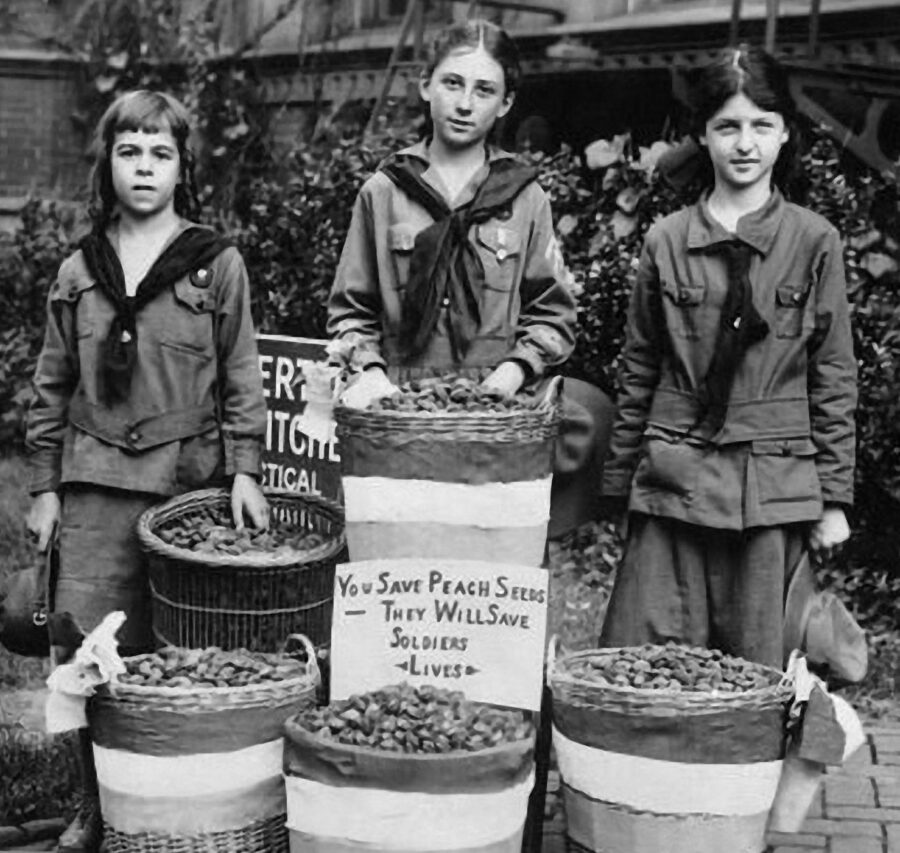
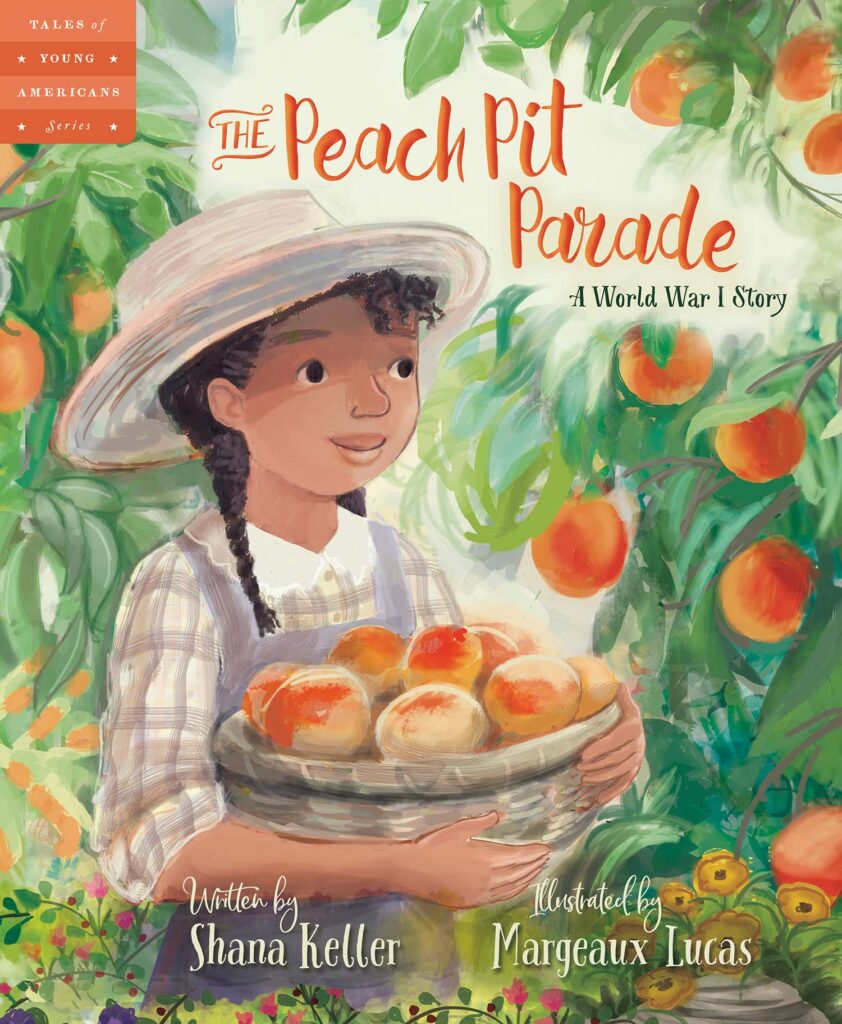
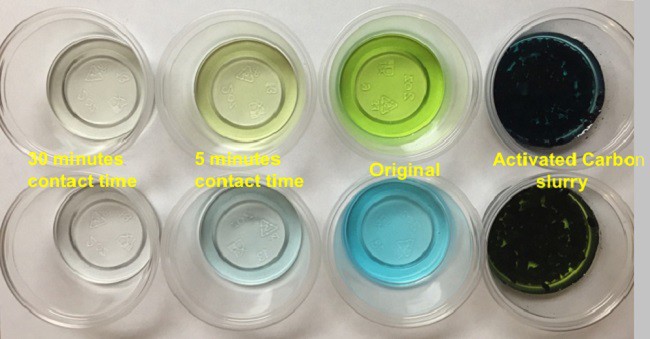
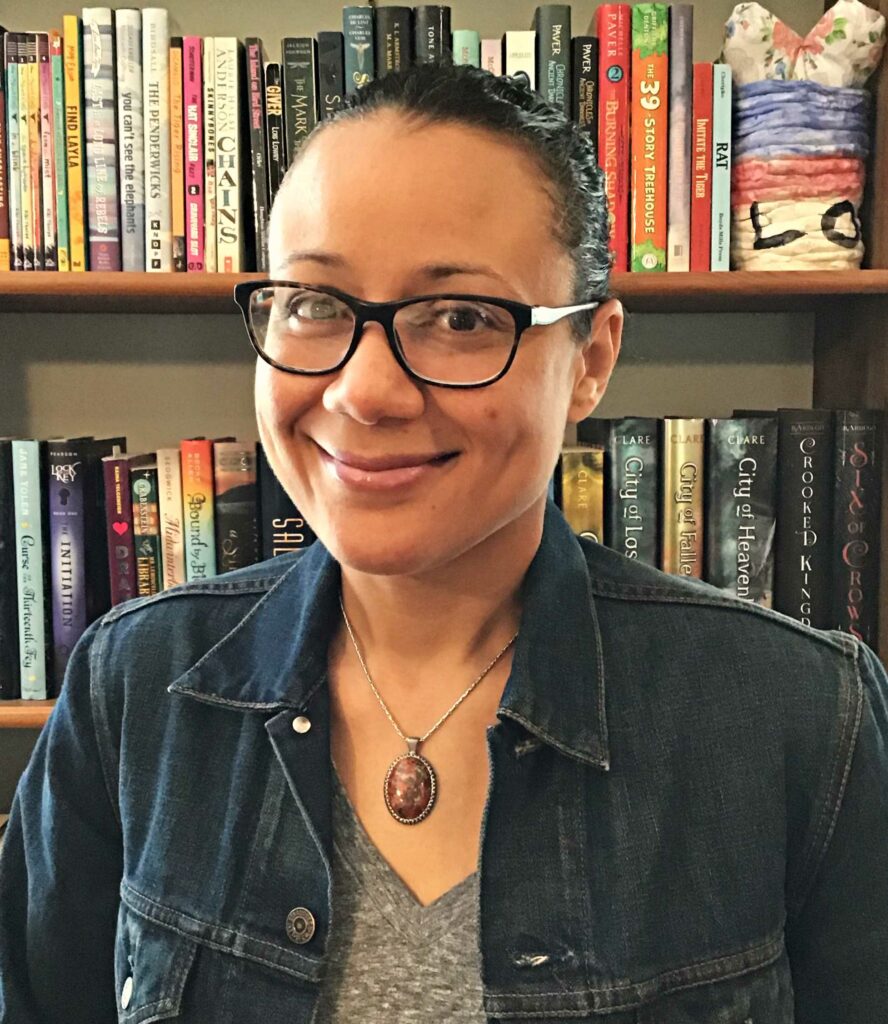
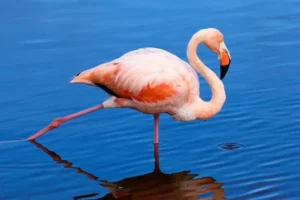
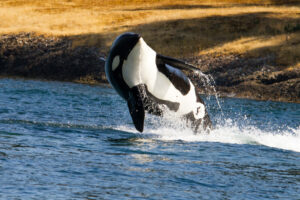
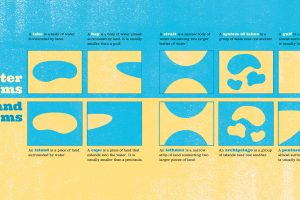


Leave a Reply
Your email is safe with me.